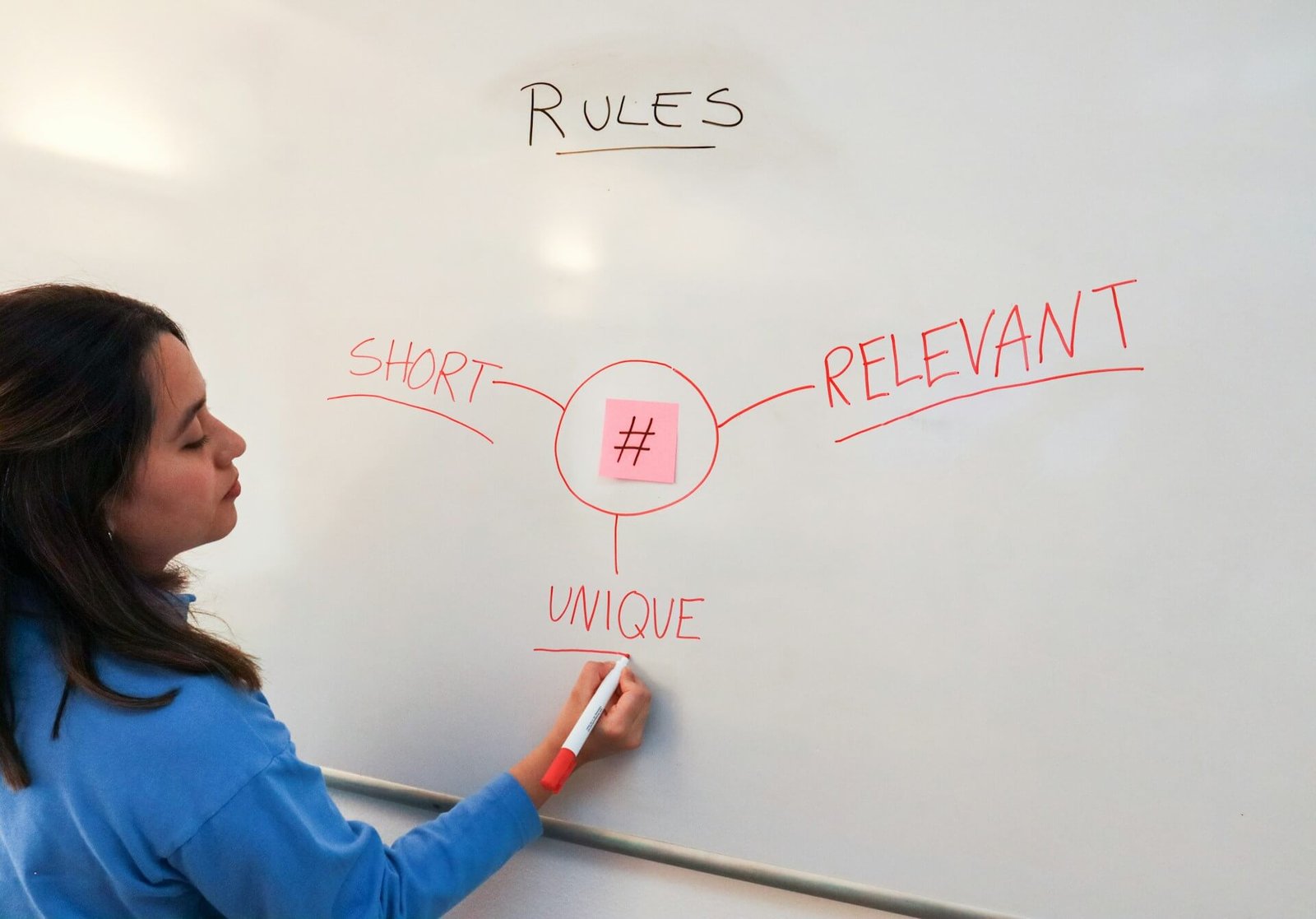Hiring a clothing manufacturer is an essential step if you want to start your own clothing line or need to produce garments for your business. Finding the right manufacturer can greatly impact the quality, cost, and success of your clothing venture. Here’s a step-by-step guide to help you hire a clothing manufacturer:
- Define Your Requirements: Clearly outline what you need from the clothing manufacturer. This includes the type of garments you want to produce, the quantity, quality standards, budget, timeline, and any other specific requirements.
- Research Potential Manufacturers: Look for clothing manufacturers that align with your needs. You can use various resources, including online directories, trade shows, industry publications, and recommendations from other clothing businesses.
- Verify Manufacturer’s Credentials: Ensure that the manufacturer has the necessary licenses, permits, and certifications to operate legally and adhere to industry standards.
- Assess Experience and Expertise: Check the manufacturer’s experience in producing the type of clothing you want. Look for a track record of delivering quality products and working with reputable brands.
- Request Samples: Ask for samples of their previous work to evaluate the quality of their garments. This will give you an idea of the materials they use and their craftsmanship.
- Communicate and Inquire: Get in touch with potential manufacturers and discuss your project in detail. Ask questions about their production process, capabilities, lead times, minimum order quantities, and pricing.
- Minimum Order Quantities (MOQs): Some manufacturers have minimum order requirements. Make sure their MOQ aligns with your production needs, as ordering too few or too many items can affect your budget and inventory.
- Price Negotiation: While cost is essential, it’s crucial to balance it with the desired quality. Don’t solely opt for the cheapest option; consider the value and reliability of the manufacturer.
- Quality Control: Inquire about their quality control processes. Ensure they have a system in place to maintain consistency in the production of your garments.
- Visit the Factory (if possible): If feasible, consider visiting the manufacturing facility in person to observe their operations and working conditions.
- References and Reviews: Ask for references from other clients they have worked with and look for reviews or testimonials online to gauge their reputation.
- Contract and Agreements: Once you’ve selected a clothing manufacturer, make sure to have a detailed contract that includes all the terms and conditions of the partnership. It should cover aspects such as pricing, timelines, payment terms, quality standards, and dispute resolution procedures.
- Start Small: For your first order, consider starting with a smaller batch to evaluate the manufacturer’s performance and the quality of their products before committing to a larger production run.
- Continuous Communication: Maintain clear communication with the manufacturer throughout the production process to address any issues promptly.
Remember that finding the right clothing manufacturer may take time and research, but it’s crucial to ensure the success and quality of your clothing line.
The cost of hiring a clothing manufacturer can vary significantly based on several factors. Some of the key factors that influence the cost include the type of clothing you want to produce, the complexity of the design, the quality of materials used, the production volume, the location of the manufacturer, and the manufacturer’s expertise and reputation.
Here are some points on How much does it cost to hire a clothing manufacturer:
- Sample Development: Before starting mass production, you may need to create samples of your clothing designs. The cost of sample development can vary based on the complexity of the design and the number of iterations required. Some manufacturers may charge a flat fee for sample development, while others might include it in the overall production cost.
- Production Cost per Unit: The production cost per unit is the cost of manufacturing each individual garment. It includes the cost of materials, labor, and any additional services like printing or embroidery. The cost per unit will typically decrease with higher production volumes (larger order quantities).
- Minimum Order Quantity (MOQ): Some manufacturers have a minimum order quantity requirement, which means you need to produce a certain number of garments to work with them. The larger the MOQ, the more garments you’ll have to produce, which affects the overall cost.
- Materials: The cost of materials can vary based on the quality and type of fabric you choose for your clothing. High-quality fabrics might be more expensive but can enhance the perceived value of your products.
- Labor Costs: The cost of labor varies depending on the location of the manufacturer. Manufacturing in countries with lower labor costs might be more cost-effective, but you should also consider factors like shipping and logistics.
- Additional Services: If you require special services like custom labeling, tags, packaging, or special finishes (e.g., embellishments), these will add to the overall cost.
- Shipping and Customs Duties: If you’re working with a manufacturer located in a different country, you’ll need to consider shipping costs and any applicable customs duties and taxes.
- Quality Control: Some manufacturers might charge extra for quality control measures to ensure the garments meet your standards.
It’s essential to get detailed quotes from multiple manufacturers and compare them based on the factors mentioned above. Remember that choosing the cheapest option isn’t always the best decision, as it might impact the quality of your clothing. Instead, focus on finding a balance between cost and quality to ensure the success of your clothing line. Always have clear communication and a written agreement in place to avoid any misunderstandings regarding costs and production terms.




